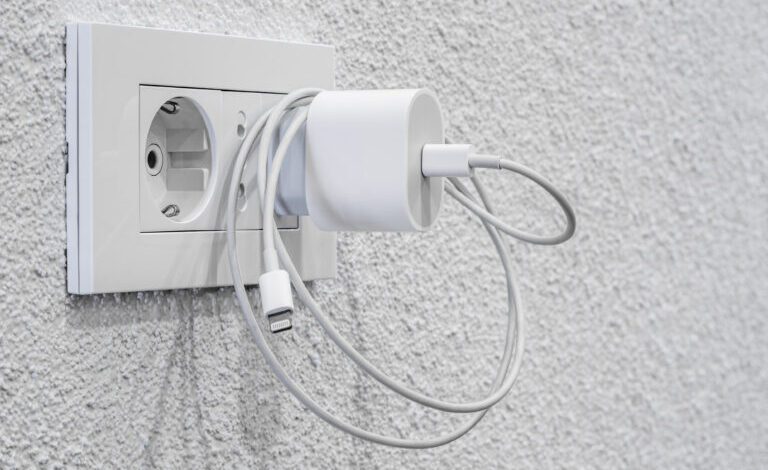
Why you shouldn’t leave a charger in an outlet when not in use
We all have bad habits, some more significant than others. For many, leaving their phone charger plugged in when it’s not in use is a seemingly harmless one. However, as it turns out, this seemingly innocuous behavior can pose several risks.
Even when not actively charging, a charger continues to draw power, albeit in small quantities. Over time, this constant energy consumption can contribute to increased electricity bills. Additionally, leaving chargers plugged in can accelerate the wear and tear of their internal components. Sudden voltage fluctuations can lead to overheating, potentially causing the charger to smoke or even catch fire in extreme cases.
If you have children or pets, the risks are even greater. They might mistake the charger for a toy, leading to accidental injuries or damage to the charger itself. Moreover, if the charger comes into contact with water or a metal object, it can create a dangerous electrical circuit.
While the risk of a house fire due to a plugged-in charger is generally low, it’s not entirely nonexistent. Modern safety regulations have significantly reduced the likelihood of such incidents, but it’s still prudent to take precautions.
So, what’s the best practice?
- Unplug chargers when not in use: This simple habit can save energy, prolong the life of your charger, and reduce the risk of accidents.
- Keep chargers away from children and pets: Store them in a safe, out-of-reach location.
- Avoid using damaged chargers: If your charger shows signs of wear or malfunction, replace it immediately.
By following these guidelines, you can help ensure the safety of your home and minimize the potential risks associated with leaving your charger plugged in.





